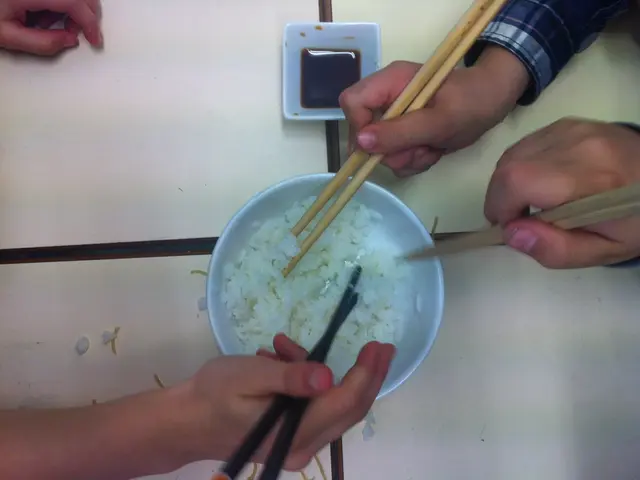Tiny Tree Wonders: History, Appeal, and Cultivation of Bonsai Miniatures
Miniature Bonsai trees, originating from ancient China and Japan, are more than just small plants. They are works of art that symbolize harmony with nature, a delicate balance between growth and restraint. These tiny living masterpieces, typically 1-6 inches tall but capable of growing up to several feet, require a deep understanding of their intricate growth habits and careful cultivation.
Cultivating miniature Bonsai trees involves a series of essential techniques and the use of specialized tools. Propagation, for instance, often involves taking cuttings (sashiki) from mature plants, re-cutting at a 45-degree angle, and planting in pre-moistened bonsai soil. Regular pruning of shoots during the growing season is crucial to maintain the miniature size and desired shape. Watering should be done when the top 1-2 cm of soil dries out, avoiding waterlogging or drying out completely.
Lighting is another crucial factor, with miniature bonsai generally requiring 5 to 8 hours of bright indirect to full sunlight daily. Repotting, which must be done every 1 to 5 years, allows for fresh soil, pruning of roots, and adjustment of pot size to accommodate the tree's developing root system.
Caring for miniature Bonsai demands a range of tools such as pruning shears, concave cutters, root rakes, root hooks, and wiring materials. Bonsai soil, a mix of akadama, pumice, and lava rock, provides excellent drainage and aeration critical for root health.
For beginners, species like Ficus, Juniper, and Chinese Elm are ideal for miniature Bonsai, as they are relatively easy to care for, adaptable to indoor conditions, and forgiving of minor mistakes. With patience, persistence, and a willingness to learn, miniature Bonsai cultivators can create living masterpieces that inspire wonder and awe in all who behold them.
The art of miniature Bonsai is a reflection of the profound respect for nature's beauty and intricacy. Mastering the craft involves harmonizing five key elements: species selection, potting, pruning, wiring, and patience. Many miniature Bonsai species can thrive indoors with proper care, including selecting species tolerant of low light, using grow lights, and maintaining precise watering and fertilization schedules.
Each miniature Bonsai tree requires a precise harmony of care and maintenance, with a single misstep potentially leading to decay. Yet, the charm of these tiny living works of art lies in their intricate details, captivating enthusiasts and inviting observers to slow down and appreciate the beauty in the small. In the domain of miniature bonsai, the harmony of art and nature converges, yielding an intricate dance of delicate balance and precision.
- Cultivating a lifestyle centered around fashion-and-beauty might inspire you to explore the art of miniature Bonsai trees, which symbolize harmony with nature and require a deep understanding of growth habits and careful cultivation.
- Venturing into the realm of food-and-drink could involve exploring exotic ingredients that grow as miniature Bonsai trees, adding an element of surprise and beauty to your cooking endeavors.
- To create a cozy home-and-garden, consider incorporating a miniature Bonsai tree into your decor, as these living masterpieces, capable of growing up to several feet, also serve as works of art that add character and depth to any living space.
- Nurturing relationships can benefit from taking on a shared hobby like caring for miniature Bonsai trees, promoting personal growth and self-development through patience, persistence, and a love for the natural world.
- On a trip for travel, visiting botanical gardens or nurseries specializing in miniature Bonsai might provide an opportunity to learn about exotic species and acquire one of these intricate living masterpieces to bring home and cherish as a pet.




